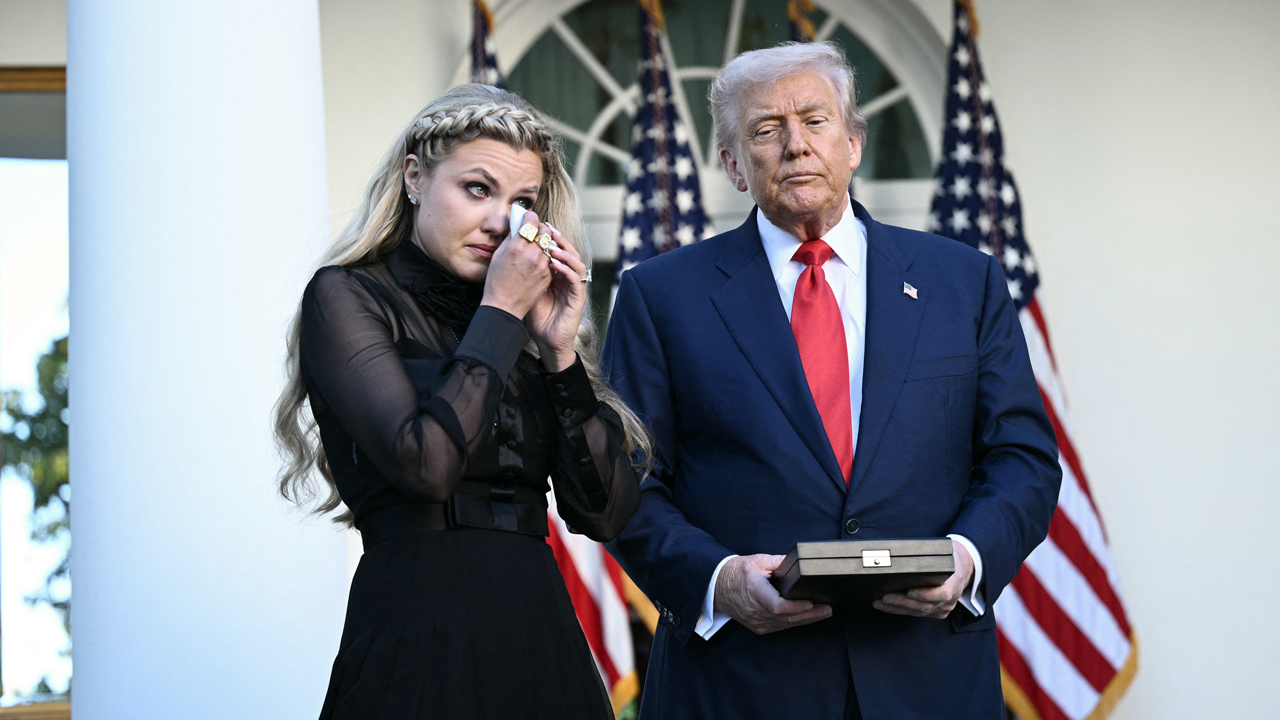White House East Wing Demolition Underway Amid Controversy and Modernization Plans

White House East Wing Demolition Underway
Construction has begun on the White House East Wing, marking a significant transformation as part of President Donald Trump’s ambitious plan to add a massive 90,000-square-foot ballroom. This project involves demolishing the traditional offices within the East Wing, including the first lady’s workspace, to make way for the new structure. Despite lacking full federal approval, demolition crews have started tearing into the historic façade, signaling a rapid push forward with the $200 to $250 million development.
Controversy and Preservation Concerns
The demolition has sparked controversy as the National Capital Planning Commission has not yet approved the vertical construction phase, raising alarms among preservationists who warn about potential damage to this historic building, originally constructed in 1902. Critics argue that bypassing regulatory oversight risks structural and design flaws, while White House officials maintain that current work is limited to site preparation and modernization efforts.
Future of the Ballroom and Renovations
President Trump has stated the ballroom will enhance the White House’s capacity to host large events without temporary pavilions. The project, privately funded, aims for completion before the end of Trump’s term in January 2029. The East Wing demolition reflects evolving plans that now call for extensive modernization alongside the new addition, intending to respect the building’s historic integrity while expanding its functionality.
About the People Mentioned
Donald Trump
Donald John Trump, born June 14, 1946, in Queens, New York, is an American businessman, media personality, and politician. He graduated from the University of Pennsylvania’s Wharton School in 1968 with a degree in economics. In 1971, he took over his family’s real estate business, renaming it the Trump Organization, through which he expanded into building and managing skyscrapers, hotels, casinos, and golf courses. Trump gained widespread fame as the host of the reality TV show *The Apprentice* from 2004 to 2015, which helped establish his public persona as a successful entrepreneur. Trump entered politics as a Republican and was elected the 45th president of the United States, serving from 2017 to 2021. His presidency was marked by significant policy actions including tax cuts, deregulation, the appointment of three Supreme Court justices, renegotiation of trade agreements (notably replacing NAFTA with the USMCA), and a focus on immigration control including border wall expansion. He withdrew the U.S. from international agreements such as the Paris Climate Accord and the Iran nuclear deal, and engaged in a trade war with China. His administration’s response to the COVID-19 pandemic was criticized for downplaying the virus’s severity. Trump was impeached twice by the House of Representatives—first in 2019 for abuse of power and obstruction, and again in 2021 for incitement of insurrection—but was acquitted by the Senate both times. After losing the 2020 election to Joe Biden, Trump challenged the results, culminating in the January 6, 2021, Capitol riot. He remains a central figure in American politics, having won the 2024 presidential election and returned as the 47th president in 2025, continuing to promote policies aimed at economic growth, border security, and military strength[1][2][3][4].
About the Organizations Mentioned
National Capital Planning Commission
The **National Capital Planning Commission (NCPC)** is a U.S. federal agency responsible for guiding and overseeing planning and development in the National Capital Region, which includes Washington, D.C., and surrounding counties in Maryland and Virginia. Its mission is to protect and enhance the capital’s natural, historic, and architectural resources while ensuring orderly federal development[1][4]. Founded in 1924 initially as the National Capital Park Commission to acquire parkland and preserve natural scenery, it expanded in 1926 to include comprehensive regional planning. The 1952 National Capital Planning Act gave it its current name and formalized its role as the central planning agency for federal and District government development in the capital area. Though the 1973 Home Rule Act granted some local planning authority to D.C.’s government, NCPC retains exclusive authority over federal land and buildings and advises on key District land use decisions[1][2][4]. The Commission consists of 12 members, including presidential appointees from Maryland, Virginia, and the U.S., the Mayor of D.C., District Council Chair, congressional committee chairs, and leaders of major federal landholding agencies such as the Departments of Defense and Interior. It is supported by a professional staff of planners, architects, urban designers, and preservation experts[1][3][4]. NCPC’s key functions include comprehensive planning, review and approval of federal development projects, and preparation of the Federal Capital Improvements Program. It ensures federal projects align with the comprehensive plan, which balances development with the preservation of historic sites, parks, and natural features. The Commission meets monthly to review plans and projects impacting the capital region[1][2][6][8]. Notable achievements include its long-standing role in preserving iconic landscapes and landmarks of Washington, D.C., and coordinating federal and local planning efforts. The agency’s impact is critical in maintaining the capital’s aesthetic, historic, and environmental integrity amid ongoing urban growth and modernization[1][4]. As of October
White House
The **White House Office** is a central organizational component within the Executive Office of the President of the United States (EOP), tasked with supporting the President in managing day-to-day operations, policy formulation, and political affairs. It is headed by the White House Chief of Staff and staffed by senior aides who report directly to the President, including those with titles such as Assistant to the President and Deputy Assistant to the President. These staff members are mostly political appointees without the need for Senate confirmation, allowing the President considerable discretion in shaping the office to suit each administration's priorities[1]. Historically, the White House Office was established in 1939 through Reorganization Plan 1 and Executive Order 8248 to provide immediate assistance to the President. It functions as the nerve center for presidential staff, physically located primarily in the West Wing, and plays a pivotal role in managing the President’s policy agenda, communications, and political strategy. Its flexible organization allows each President to tailor the staff composition and roles according to their governance style and objectives[1]. In the current context of 2025, the White House Office operates under the administration of President Donald J. Trump, who returned to office after the 2024 election. His administration emphasizes rejecting prior policies deemed extremist and focuses on enhancing quality of life, economic growth, and American energy dominance. The administration includes Vice President JD Vance and First Lady Melania Trump, among others, with a Cabinet advising on various governmental functions[4][6]. Recent initiatives linked to the White House’s operational sphere include the establishment of a new **Department of Government Efficiency (DOGE)** aimed at modernizing federal technology and software to boost government productivity. The DOGE agenda is implemented through the renamed United States DOGE Service within the Executive Office, reflecting a concerted push to leverage technology for administrative modernization[5]. Notably, the White House Office also coordinates national security and homeland security functions through the National Security Council staff, underscoring its central role








